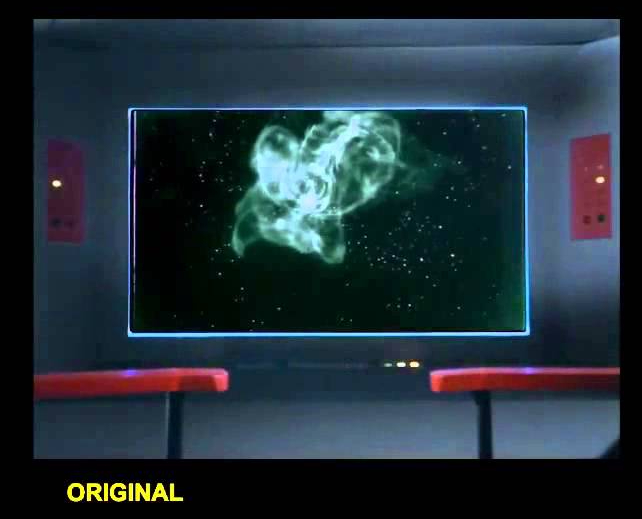
I’ll give you a hint: this is not an image of a quasar.
This image is from a first-season Star Trek: The Original Series episode, “The Galileo Seven”–the original footage, before it was remastered (and before astronomers had clear images of actual quasars).
According to the story, the crew of the USS Enterprise had standing orders to investigate any quasar they came across. A landing party spent the episode struggling to survive after they crashed on a primitive planetary body within a strange nebulosity that they called a “quasar.”
At times like these, Star Trek provides a fun glimpse into the past. TOS aired in the 1960s, just as very strange “quasi-stellar objects” were being discovered. Dubbed “quasars” for short, they were a new frontier of research and discovery.
The remastered footage uses an actual (if substantially edited) image of a quasar. But the “quasar” portrayed in the story…well…yeah, not even close.
So…what are quasars, really?
Continue reading







